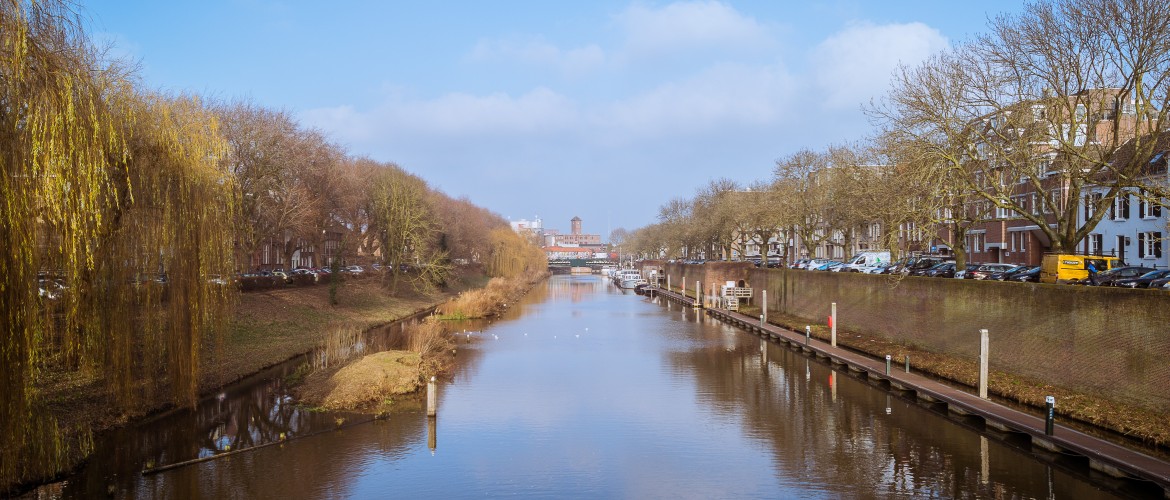The Netherlands is particularly vulnerable to a number of climate change impacts. Due to this, larger volumes of water are also expected in Dutch rivers in the future.
The Waal is the largest river in the Netherlands. Due to its special location and characteristics, as well as the location of the cities of Nijmegen and Lent, Nijmegen is at risk of flooding during high water.
The aim of the project was to improve the protection of the city of Nijmegen and the village of Lent against flooding by creating more space for the river by moving the existing dike inland, digging a new ancillary channel to accommodate high river flows, and developing an urban river park.
The project involved stakeholders and the local community through newsletters, information events and interactive workshops.
An important success factor was that the master plan was coordinated and largely funded by the national government. In addition, the program was developed as a coordinated program involving a large number of partners, including the national government, provinces, municipalities and water boards. The specific projects were also carried out with broad participation of stakeholders and the local population.
A major limiting factor was the budgetary constraint, which was partially overcome by obtaining additional funds from the provinces, water boards and municipalities.
More information:
The case study was published in Climate-ADAPT 7. June 2016 and last modified on 18. April 2024.



